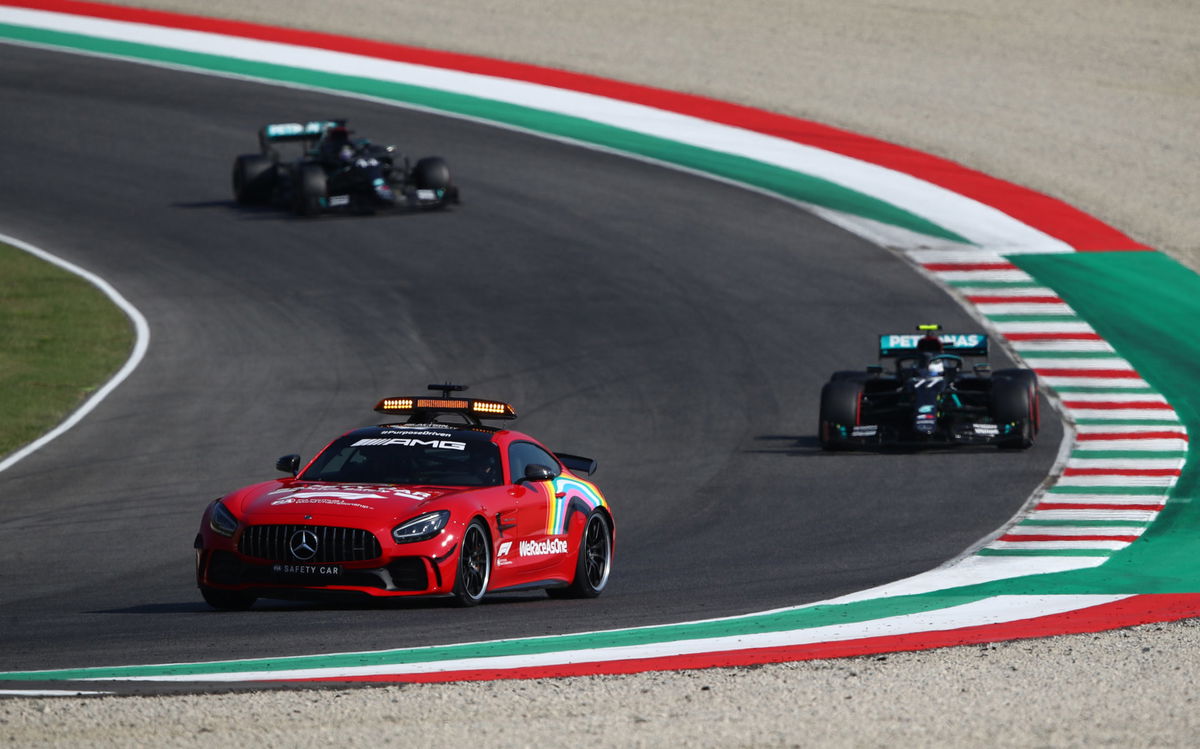
Reuters
Formula One F1 – Tuscan Grand Prix – Mugello, Scarperia e San Piero, Italy – Mercedes’ Valtteri Bottas and Mercedes’ Lewis Hamilton behind the safety car during the race Pool via REUTERS/Bryn Lennon

Reuters
Formula One F1 – Tuscan Grand Prix – Mugello, Scarperia e San Piero, Italy – Mercedes’ Valtteri Bottas and Mercedes’ Lewis Hamilton behind the safety car during the race Pool via REUTERS/Bryn Lennon
There are two ways in which an F1 race restarts- the standing start and the rolling start. While the standing start is as simple as it sounds, a rolling start can get a little complicated. In a rolling start, the cars are arranged behind the safety car, which leads the grid for a certain number of laps before the green flag is waved.
Watch What’s Trending Now!
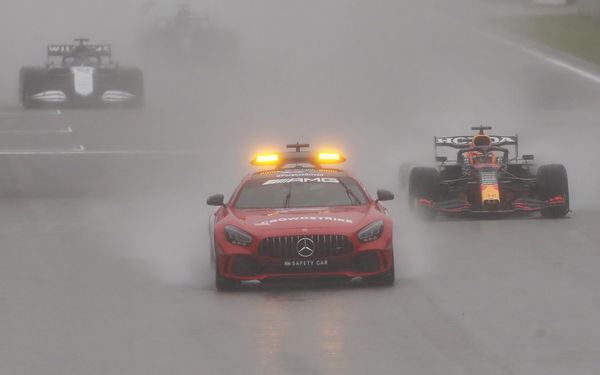
Reuters
Formula One F1 – Belgian Grand Prix – Spa-Francorchamps, Spa, Belgium – August 29, 2021 General view of the safety car followed by Red Bull’s Max Verstappen REUTERS/Christian Hartmann
The two-lap race at Spa is the perfect example of the rolling start. Although no green flag was waved, the cars paraded behind the safety laps for a couple of laps. Further, the 2021 race in Imola restarted behind the safety car as well. After Russell and Bottas collided at Tamburello, causing the red flag to come out. Due to the damp conditions, the FIA decided on a rolling restart for the race.
ADVERTISEMENT
Read More: Lewis Hamilton Explains Why F1 Drivers’ Pit-Lane Delay in Qualifying isn’t ‘Ridiculous’
Why does F1 need a rolling start?
We usually associate a rolling start with NASCAR, where standing starts aren’t preferred. However, in F1, the rolling start is often used if track conditions aren’t ideal.
ADVERTISEMENT
F1 avoids the rolling start for the initial start of the race; this is because of the physics involved in an F1 race start. Also, the cars have quicker acceleration times and are more likely to face accidents. Hence, it is only used in the restart of a wet race.
ADVERTISEMENT
When the race conditions are optimal, the safety car acts as a pace car and leads the grid around the circuit for caution laps. Once ready, the car leaves the track and the green flag is waved. This shows that the field is clear for normal racing. There is usually a small gap between the safety car’s exit and the waving of the flag. It’s only after the green flag that the drivers are allowed to accelerate to racing speeds.
ADVERTISEMENT

Reuters
Formula One F1 – Tuscan Grand Prix – Mugello, Scarperia e San Piero, Italy – September 13, 2020 Mercedes’ Valtteri Bottas and Mercedes’ Lewis Hamilton behind the safety car during the race | Courtesy: Pool via REUTERS/Jennifer Lorenzini
Some notable rolling starts in F1 include 2007 at Fuji, 2008 in Monza, 2014 in Japan, and 2016 in Monaco. All these race starts were incidents because of harsh weather conditions, bringing out the red flags.
Top Stories
How F1’s 2026 Engine Rules Sound Alarm Bells for NASCAR and Others? – Explained
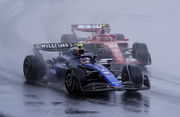
Max Verstappen’s Siblings: Everything We Know About Victoria, Blue Jaye, Jason Jaxx, and Mila Faye

Despite Jail Threat Looming Over, Helmut Marko Downplays Max Verstappen’s Dangerous $3,500,000 Shenanigans
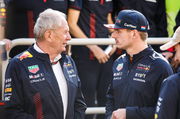
“Crazy Guy” Fernando Alonso Is Better Than Lewis Hamilton, F1 Pundit Drops Hot Take on Carlos Sainz’s Inspiration
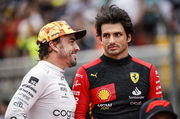
“George Should Be Ashamed of Himself”: Russell’s Delusional Entitlement Infuriates Lewis Hamilton Fans

While the rolling start at Spa stays fresh in our memories, one can only hope it’s the last time that happens. Regardless, the restarts keep the speeds of the drivers in check, especially important in damp conditions, thus ensuring a safe restart to the main action of the race.
ADVERTISEMENT
Watch this story: Lewis Hamilton’s Biggest F1 Crashes
ADVERTISEMENT
ADVERTISEMENT
ADVERTISEMENT

